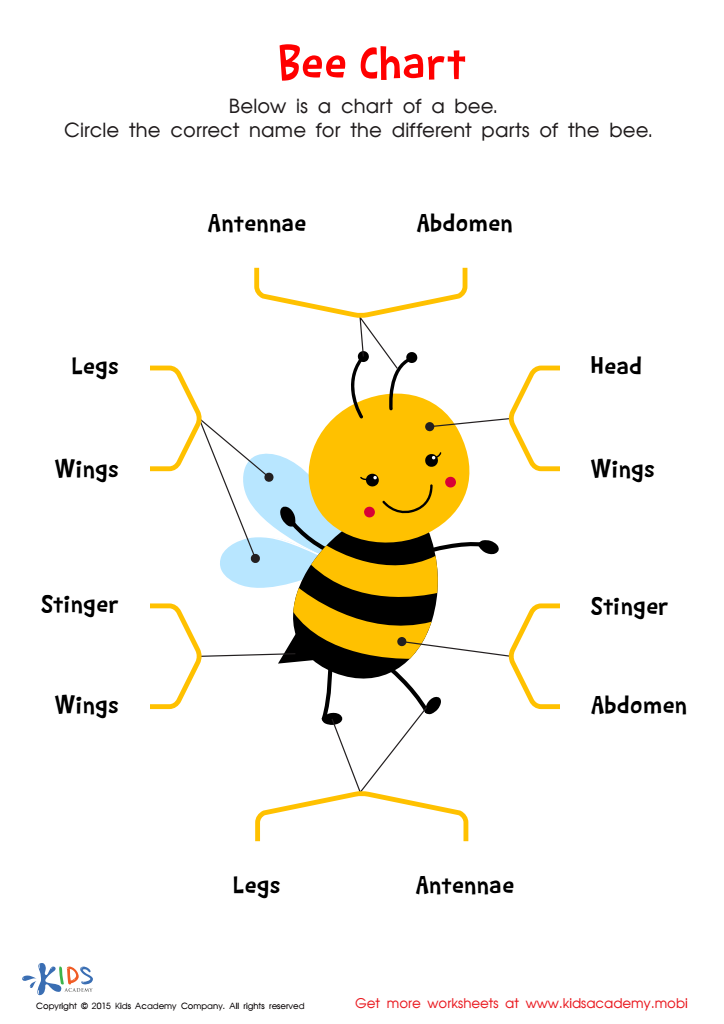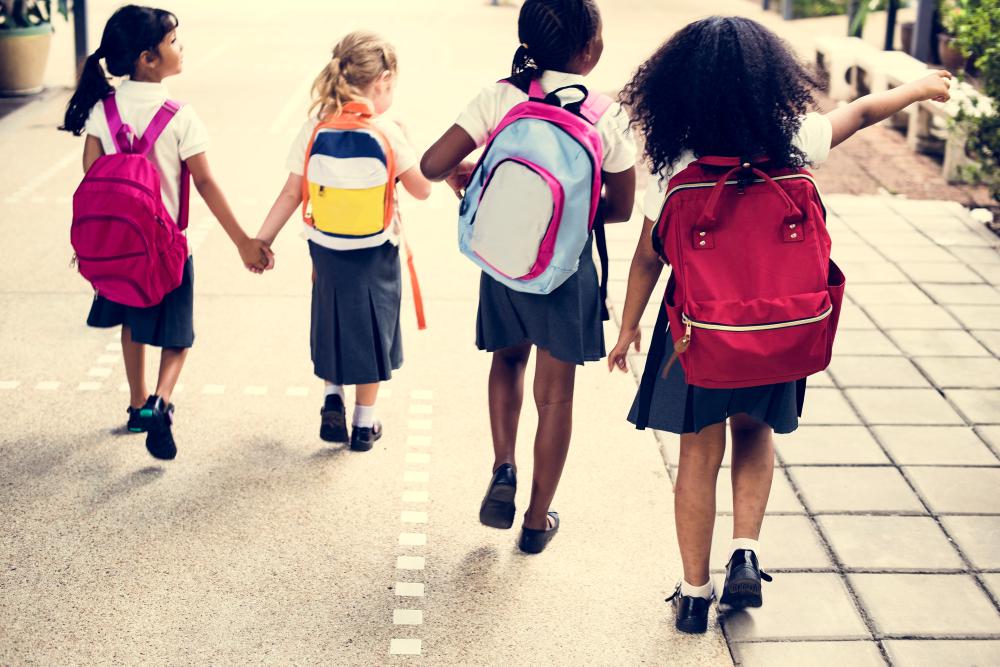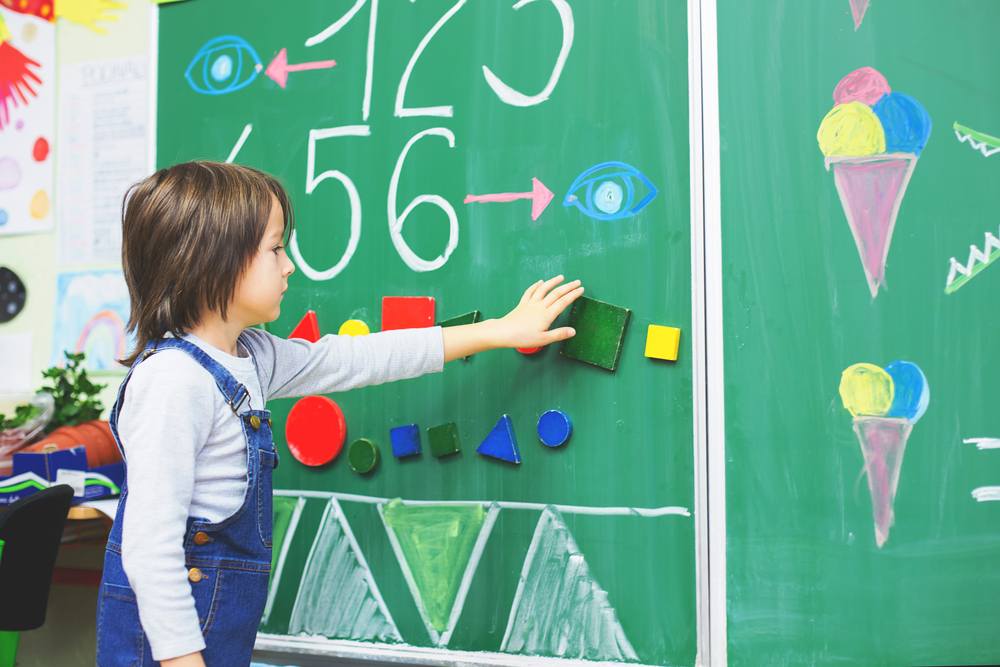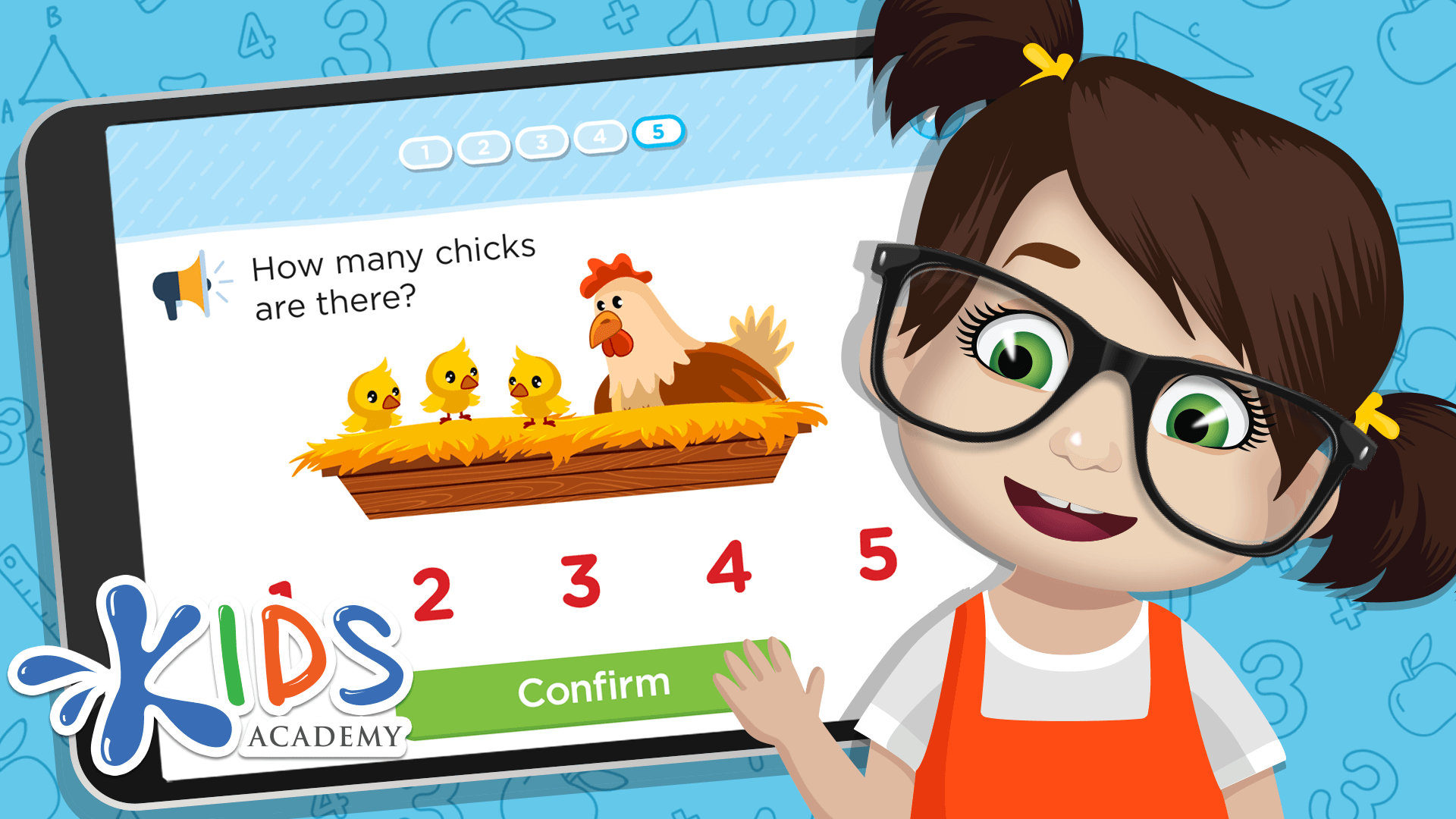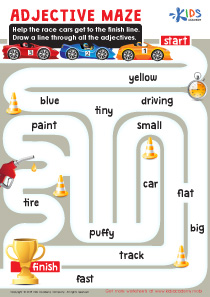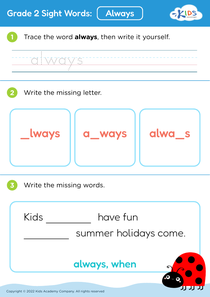2.Interdependent Relationships in Ecosystems
8 filtered results
-
From - To
Explore the fascinating world of interdependent relationships in ecosystems at our educational hub! This engaging page delves into how different living organisms rely on one another for survival and overall harmony within their environments. Children will discover the roles of producers, consumers, and decomposers, shedding light on their unique contributions to ecosystem health. Through fun worksheets and interactive activities, young learners will understand concepts such as food chains and the significance of each creature within its habitat. Join us in fostering a love for nature, science, and critical thinking skills while students uncover the intricate connections that form life on Earth!
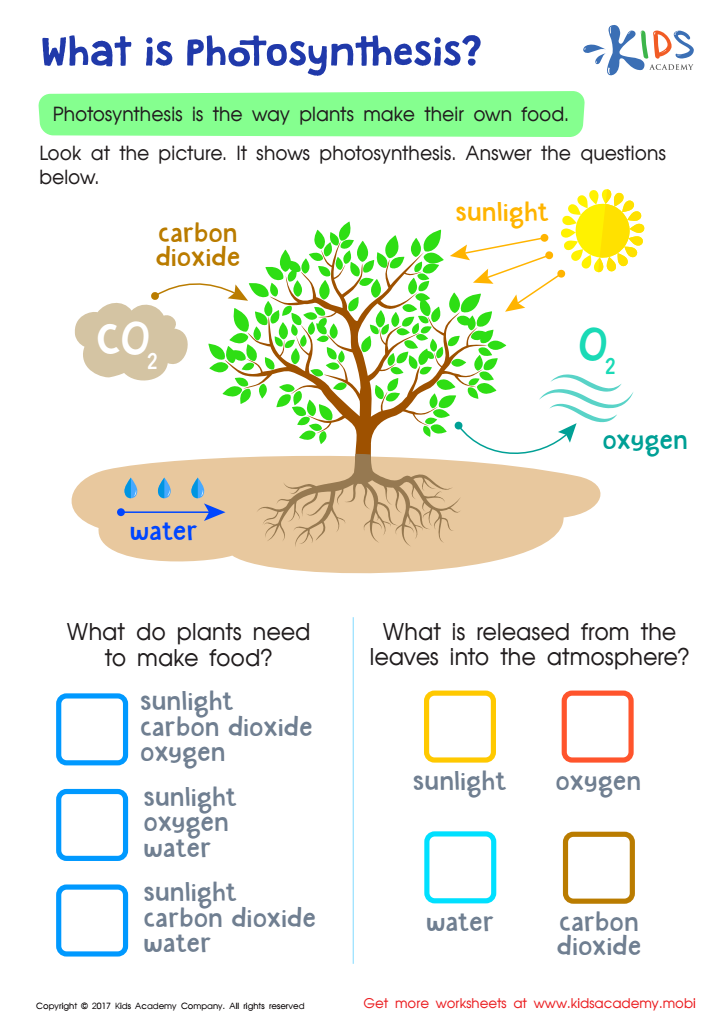

What is Photosynthesis Printable


Plant Life Cycle Printable
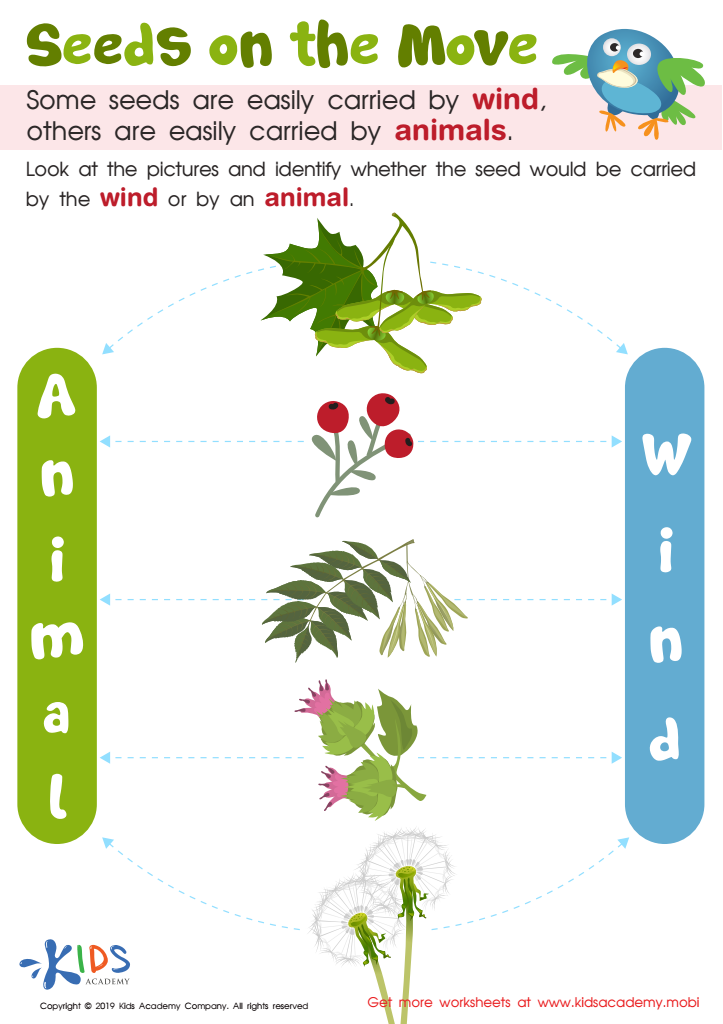

Seeds on the Move Worksheet
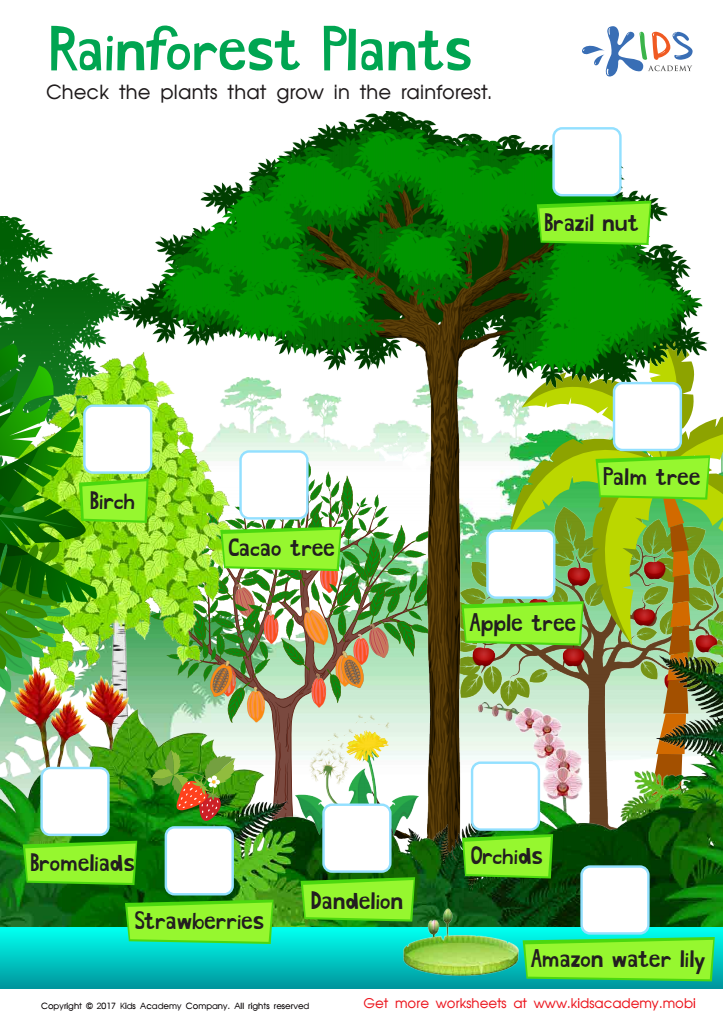

Rainforest Plants Worksheet
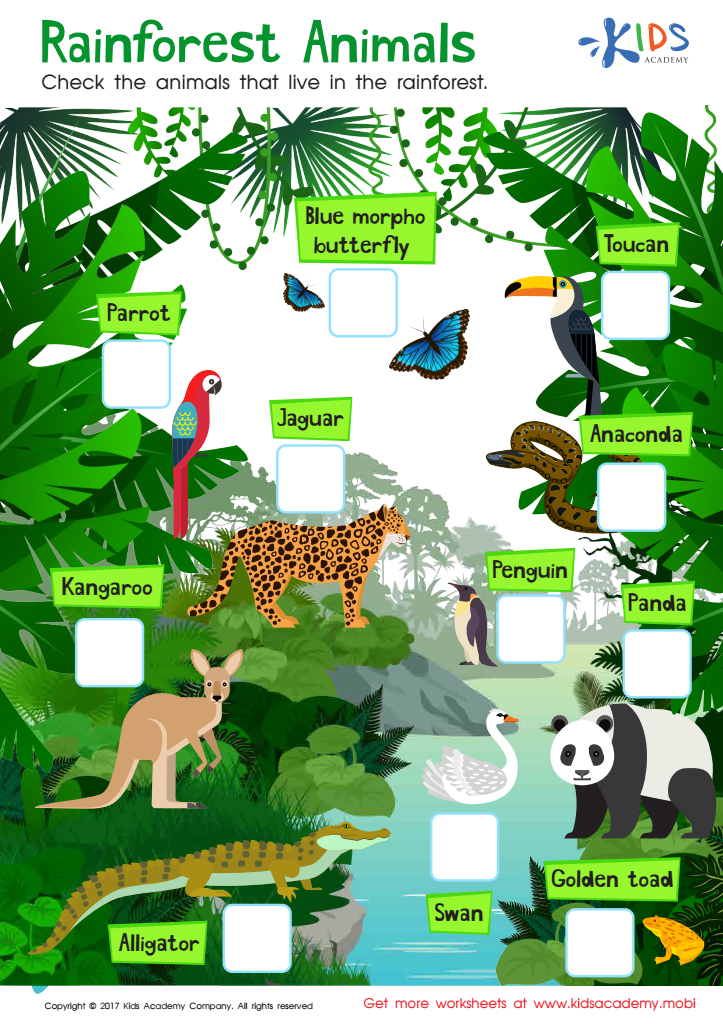

Rainforest Animals Worksheet
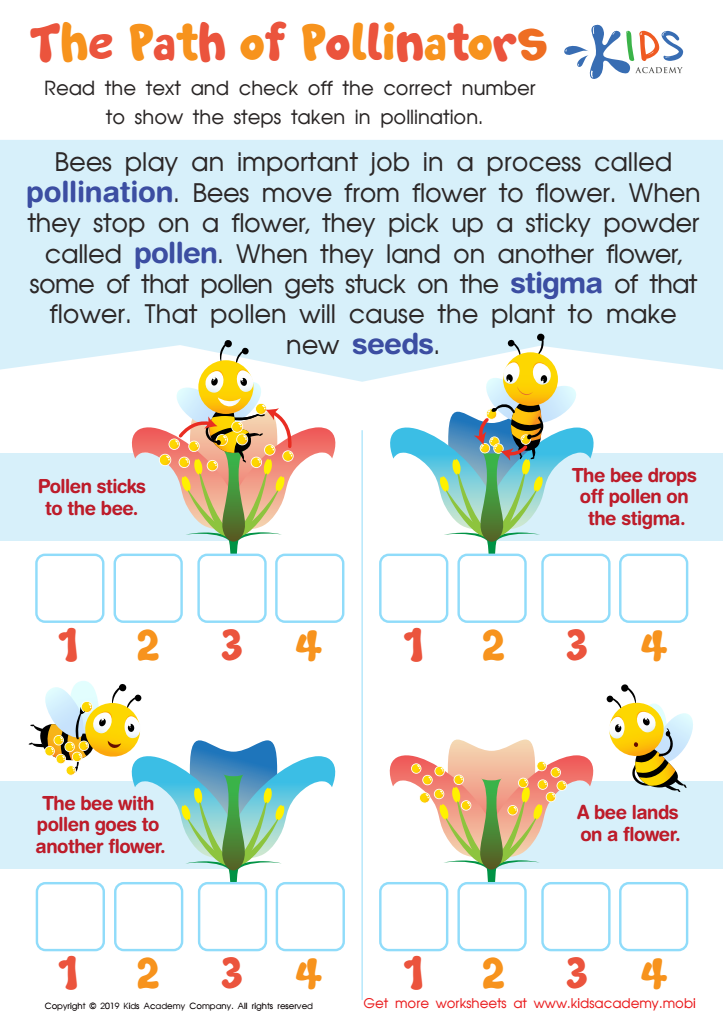

The Path of Pollinators Worksheet
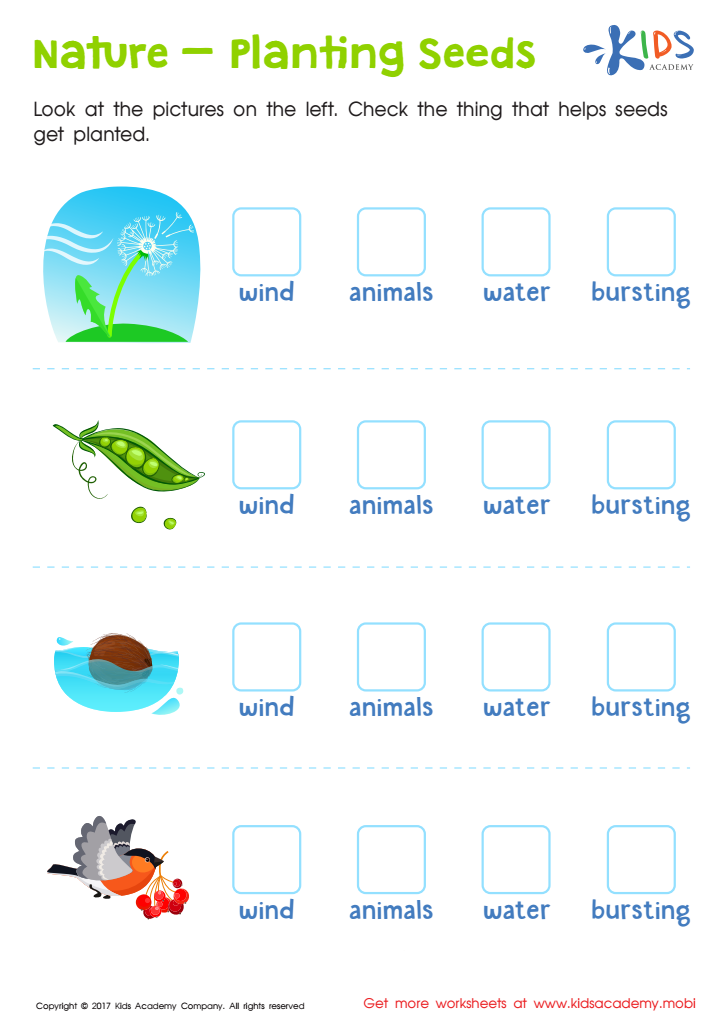

Nature Planting Seeds Worksheet
Interdependent relationships in ecosystems are vital for parents and teachers to understand because they play a crucial role in fostering children's appreciation and responsibility toward nature. Ecosystems function through a complex web of interactions among plants, animals, and their environments. Each organism relies on others for food, shelter, and survival, creating a balance that is essential for maintaining biodiversity.
When educators and parents emphasize the importance of these interdependent relationships, they help children grasp the concept of environmental stewardship. Understanding how species depend on one another encourages students to appreciate not only the beauty of nature but also the consequences of human actions on ecosystems. For example, the decline of pollinating insects directly impacts food production, affecting the community's health and economy.
Moreover, teaching children about these relationships encourages critical thinking and problem-solving skills. They can explore topics like sustainability and conservation, empowering them to become proactive in environmental issues. By fostering a connection to nature, parents and teachers nurture a sense of wonder and responsibility in the next generation, ensuring they are equipped to protect and value the world around them. Ultimately, valuing interdependent relationships in ecosystems cultivates informed, caring, and engaged citizens.
 Assign to My Students
Assign to My Students
